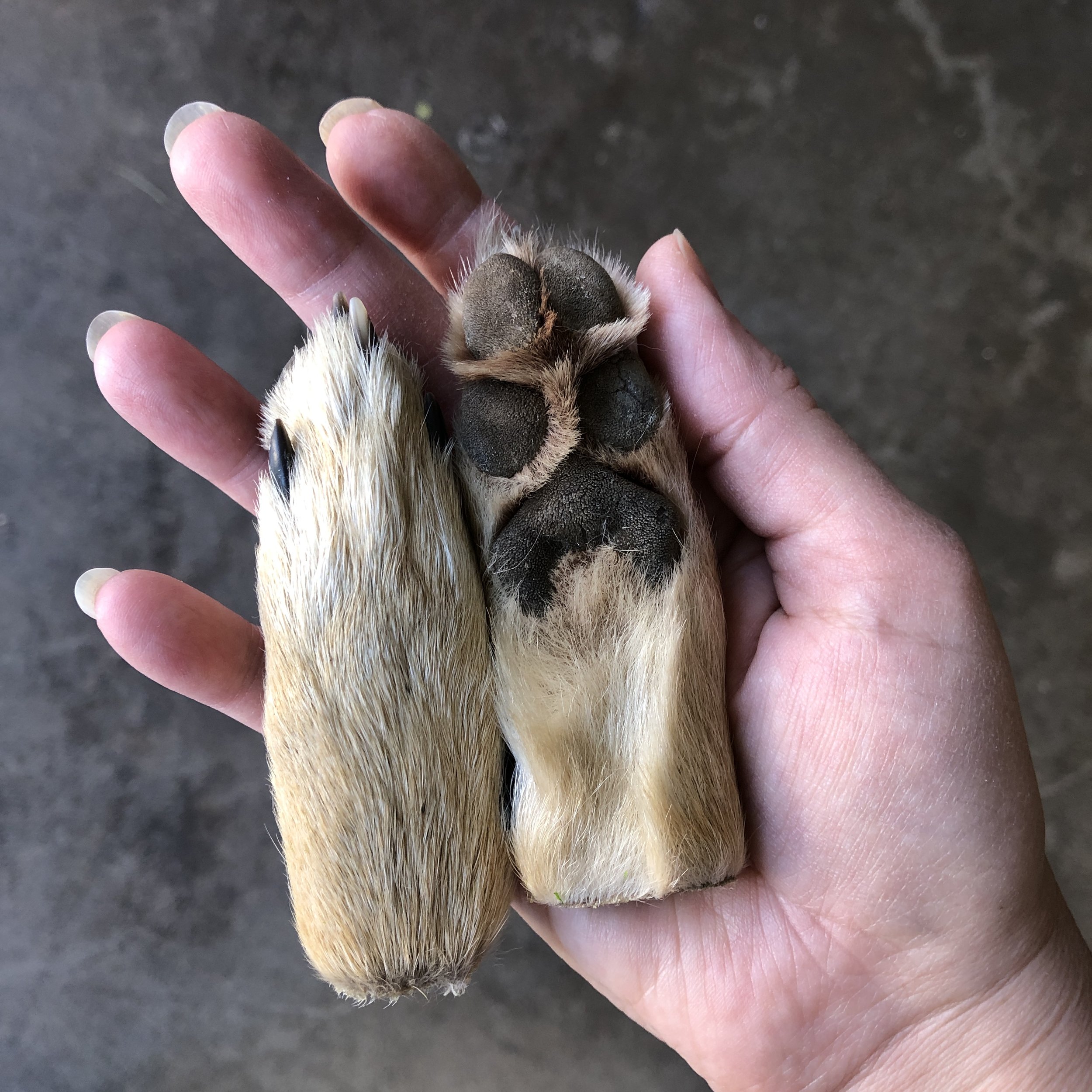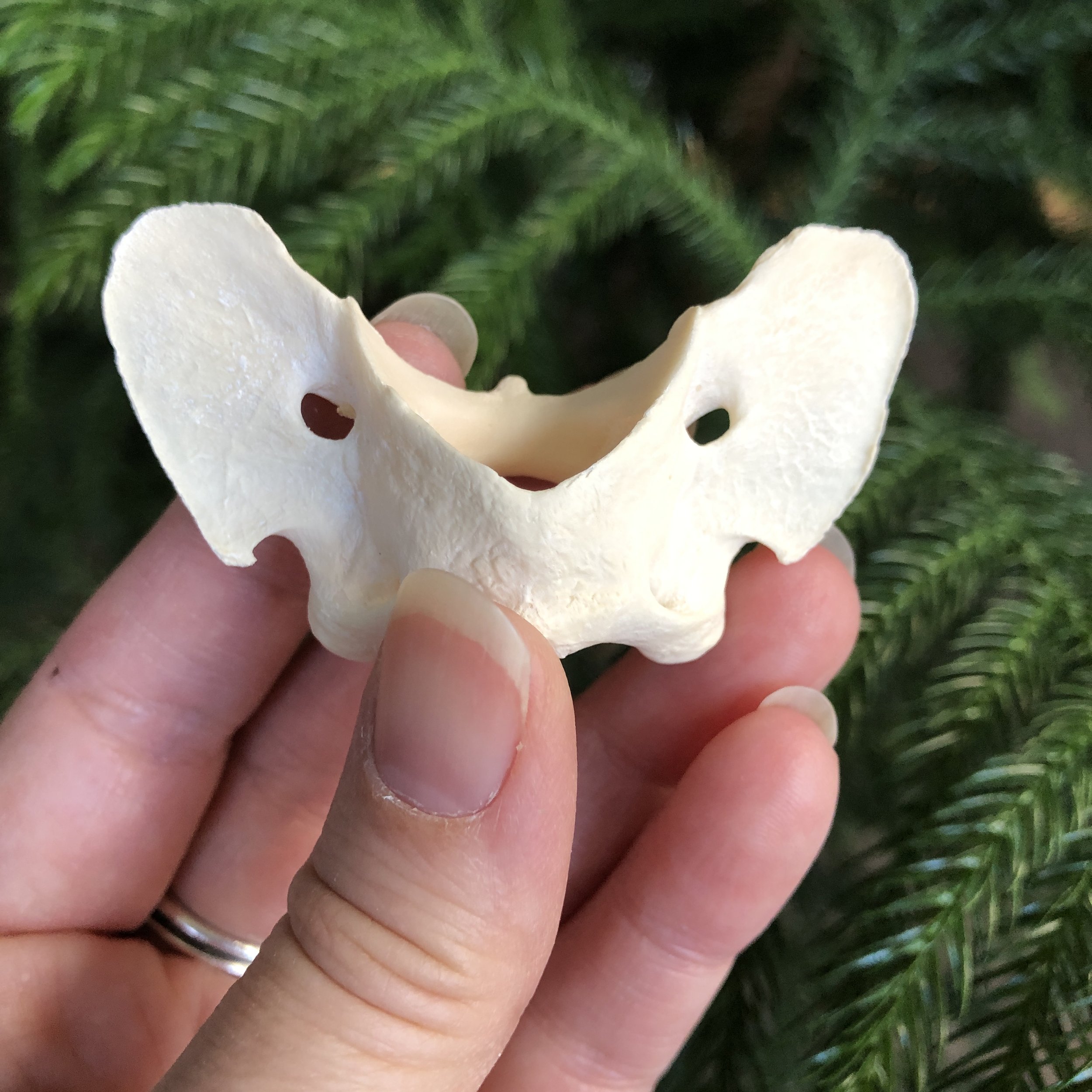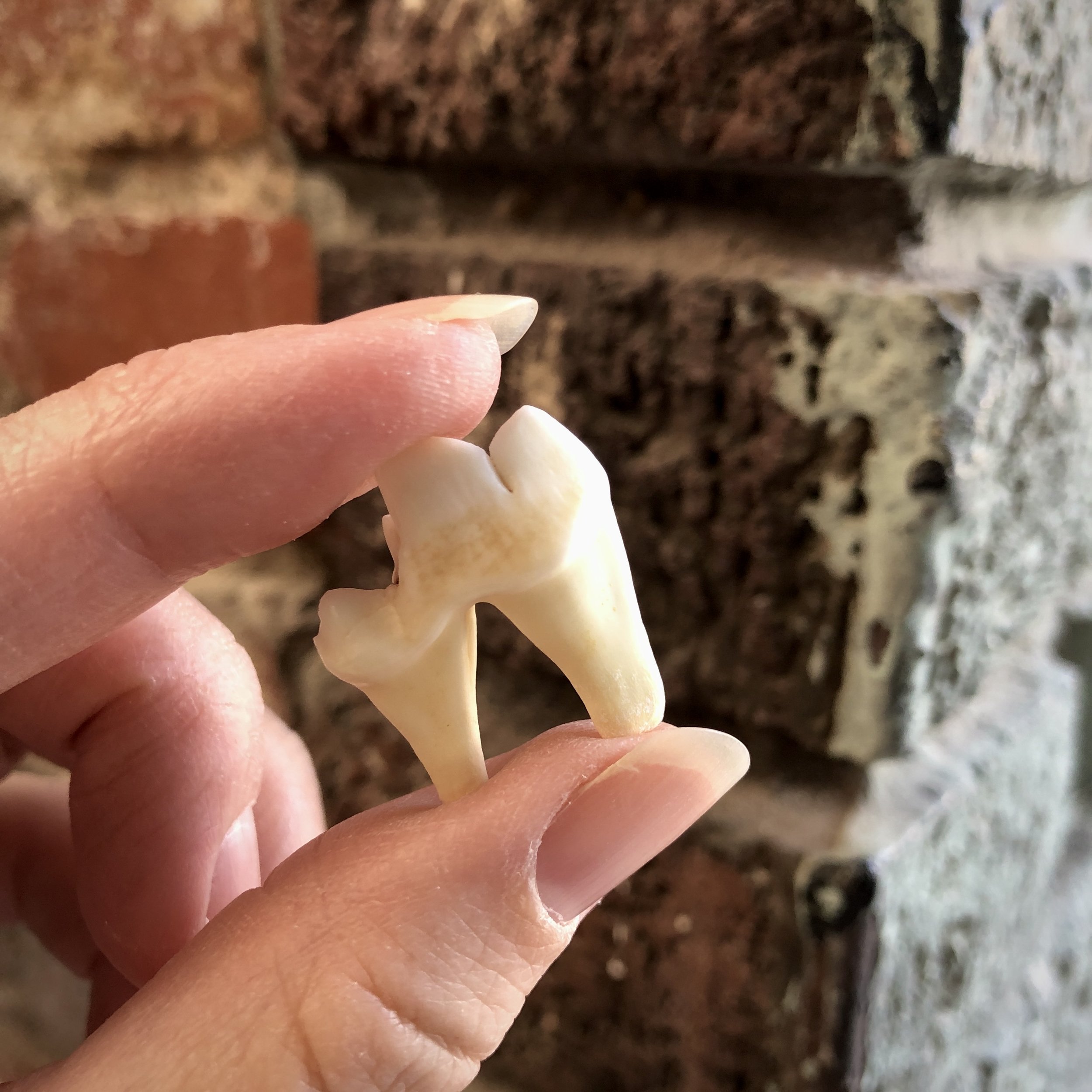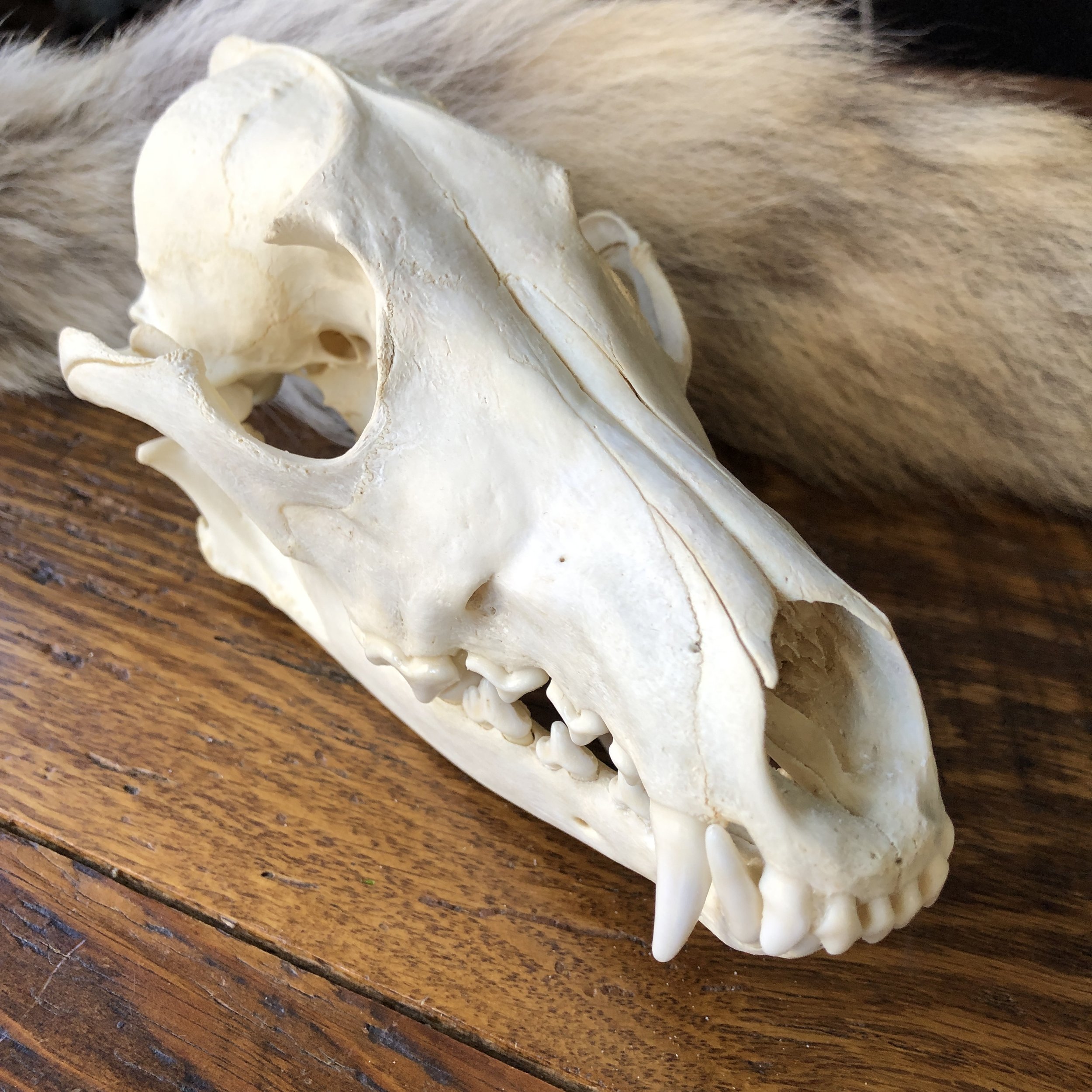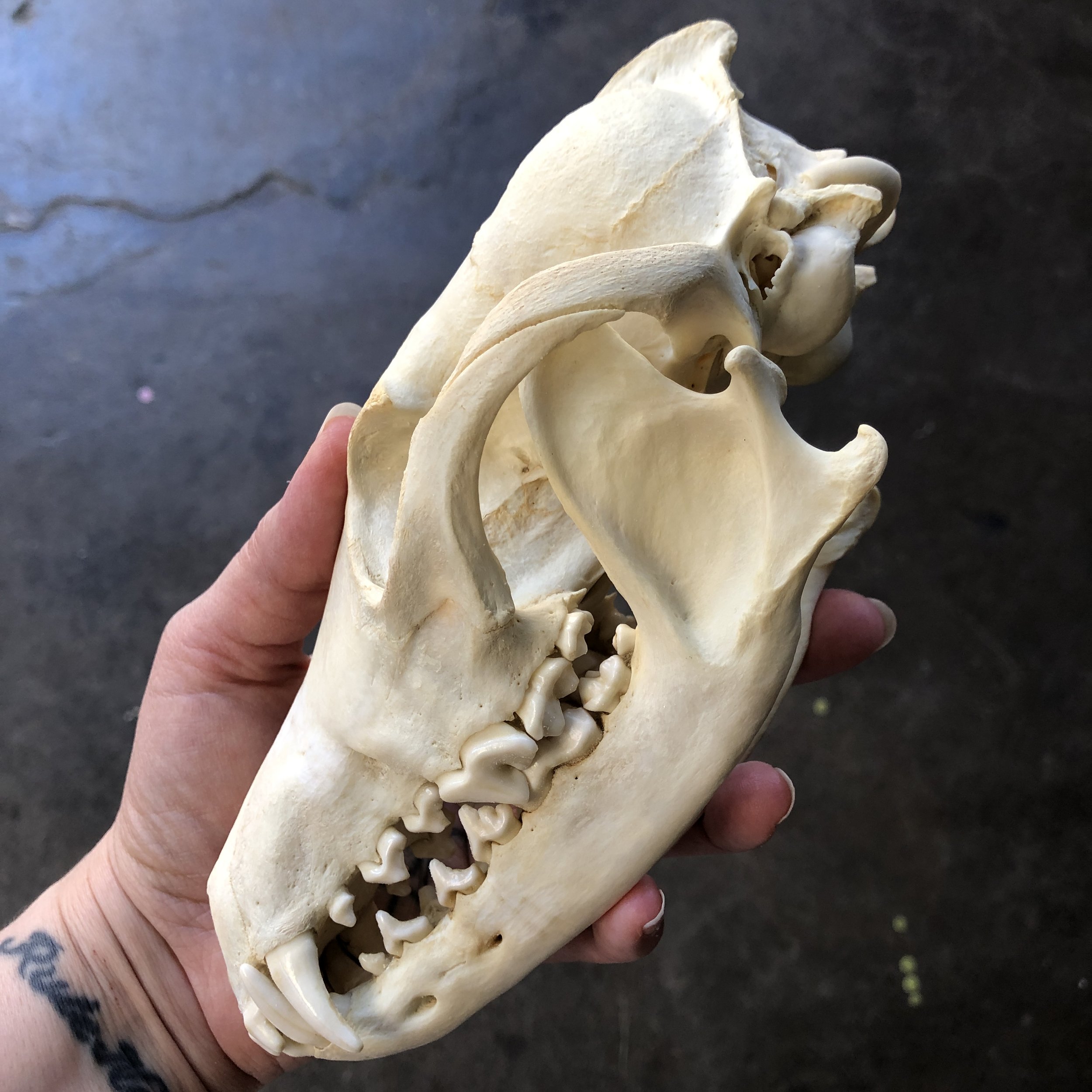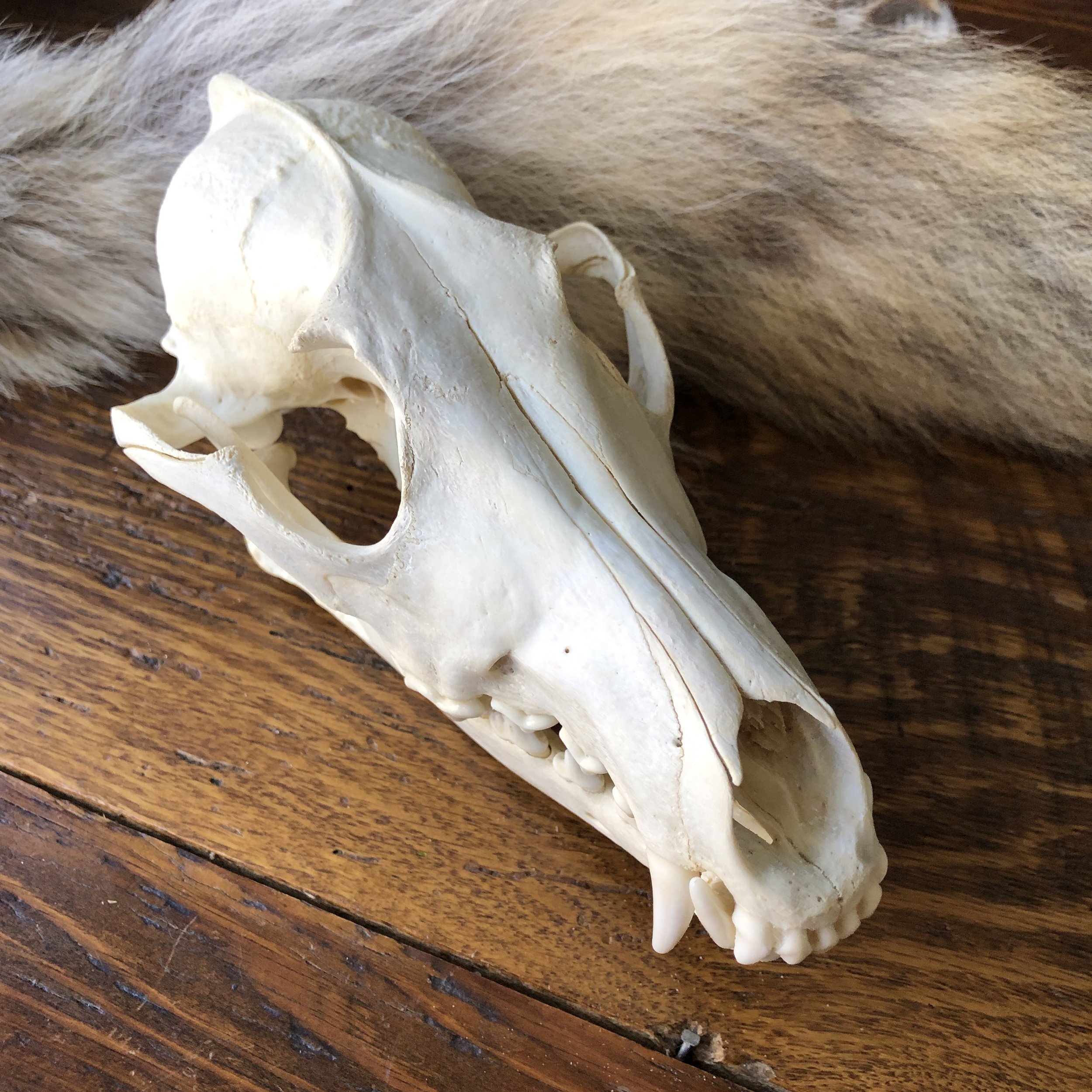Although I live in the city there is a creek which runs behind my house. It’s a strange bubble of untamed nature within the neighborhood: electric blue dragonflies, owls, hawks, heron, foxes, frogs, bats, ducks, coyotes…
When I first moved in (16 years ago) I would sometimes hear these strange alien noises at night. Some kind of weird chortling yipping, not quite a howl but not a human shout… staring out into the blackness of my yard listening to a hunt. A life and death struggle just beyond the chain link fence and overgrown vines… a coyote doing what it needs to survive.
Moments like that made me think of just how terrifying the night must have been before we started documenting, classifying, and sharing information with each other. Had I not known it was a coyote making those noises… what would I have thought? Even knowing that it was a coyote, there was a deep eeriness to the experience. Was it really a coyote? Was I just rationalizing an unearthly sound?
Although coyotes are very much a part of most urban landscapes in the United States at this point… we still tend to picture them out roaming the prairie grasses like in some nature documentary with a disembodied British “voice of authority” narrating the solitary hunter’s trials and tribulations of navigating a harsh landscape.
But at this point, coyotes are as much a part of my city experience as the squirrels and rabbits. Although less visible, they are a constant presence and a reality to bear in mind as I let my prey-sized dogs into the yard during the lean winter months when they may appear tempting to a hungry coyote lurking in the creek.
Ghosts of the city. Historically, coyotes prefer to live in deserts or prairies. But they are skilled at survival and can live in most any habitat. Although coyotes are predators, they are opportunistic and will eat whatever prey is most available to them as well as scavenge. The Urban Coyote Project (based in Chicago, Illinois) researches the way coyotes live and interact within urban areas.
“People are often unknowingly in close contact with coyotes each day, and in the vast majority of cases, the coyotes are still acting as ghosts of the cities, much as they did on the plains. But coyotes are watching and learning from us; we influence their behavior, and it will be our actions that determine what the future holds for our wildlife neighbors.” - UrbanCoyoteResearch.com
Although coyotes have been present in the peripheral of my life I didn’t really have any idea what coyotes were really like. I had a vague notion of them being something between a German shepherd and a wolf. It wasn’t until I started work here at Oracle in 2019 that I really learned anything about these mysterious yowling neighbors. Because one way we source our specimens is through conservation and abatement programs, we commonly have coyotes in our studio.
Their scientific name, Canis Latrans is Latin for “barking dog”… although I’d be hard pressed to call the noises I hear in my back yard “barking.” Their common name of Coyote (ki-o-tee) comes from the Aztec Indian word “coyoti.”
In Mesoamerican cosmology, Coyote symbolized military strength and warrior would include Coyote imagery in their dress referring to Coyote’s predatory power in fighting. Coyote’s long graceful legs, many vocalizations, and hunter nature are personified in Aztec mythology as Huehuecoyotl “Old Coyote,” the god of dance, music, and carnality.
Coyote’s cunning nature and strong sense of survival show up in many Native American stories where Coyote is frequently a trickster and is often involved in creation myths. Colonists, on the other hand, viewed Coyote characters as cowardly and untrustworthy and coyotes to this day seem to still carry this stigma.
In many ways Coyotes truly are doglike. In fact, visitors to the studio will frequently confuse the mummified coyote paws for domestic dog paws. Coyote paws are surprisingly dainty for what you would expect. A domestic dog’s paw print will typically be wider and the pads more spread out. A coyote’s track is egg-shaped and sized with the top two toes pointing more inwards.
Their skulls are more flat and elongated than typical domestic dogs. Domestic dog skulls also tend to be wider through the forehead and muzzle while the coyote skull is fairly narrow. Coyote teeth are also longer and sharper and the cusp (or points) on their cheek teeth are more complex allowing them to grip and hold prey as they crush bones.
Some coyote facts:
Coyotes are monogamous and typically mate for life.
Both parents stay with the young until they are ready to be on their own.
In captivity, coyotes live 15 years on average, however, wild coyotes are likely to die before they reach the age of three.
A coyote’s territory may be between 9 and 30 square miles.
Coyotes help keep small mammal populations in control.
As coyotes are a part of life even in most cities across the United States, it’s a good idea to familiarize yourself with their habits. Here are some resources for more information:
Missouri Department of Conservation - https://mdc.mo.gov/discover-nature/field-guide/coyote
K-State Extension Wildlife Management - https://www.wildlife.k-state.edu/species/coyotes/index.html
Urban Coyote Research Project - https://urbancoyoteresearch.com/coyote-info/general-information-about-coyotes
Animal Diversity Web - http://animaldiversity.org/site/accounts/information/Canis_latrans.html
And if you’re interested in Coyote specimens we almost always have a variety of Coyote items here in the shop. And we currently have these on our website:
— Laura

